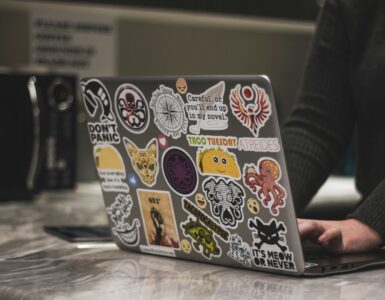We buy phone covers that reflect who we are. We make sure the wallpaper on our phone, the apps, the text on it – everything speaks out as to the kind of person we are. But in a study recently published by the Proceedings of National Assembly of Sciences, a more in-depth look at our lifestyle can be taken from our phone casings. Researchers at the University of California, San Diego, recently detected the “molecular lifestyle signatures” of 39 people by analyzing the traces of daily life in the grit and grime on the screens and cases of their cell phones.
Chemical Traces on Cell Phones
The team that conducted the study analyzed over 500 samples of grime and were able to detect a lot of information about the phone’s owners. Much like our purses, cards, keys, and other such items that are handled regularly but rarely cleaned, our cellphones also gather a fair amount of dust, dirt, bacteria, and other micro particles that hold within them traces of our daily lives.
These chemical traces left on cell phones can show what we eat, what drugs we take and even what cosmetics we use. During the study, evidence of sunscreen and mosquito repellant showed up months after they would last been used.
The team used mass spectrometry to identify materials at a molecular level, and through this they were able to identify whether the phone’s owner was a coffee drinker or a tea drinker and what medications they were using—anti-depressants, anti-fungal cream, eye drops, hair-loss treatments. There were also traces of citrus, sunscreen, insect spray and capsaicin from spicy peppers.
Mass Spectrometry scans
The team developed a software to analyze the results of the mass spectrometry scans, the team was able to isolate and identify the molecules present in the samples. The software takes the molecules found in the samples and runs them against a database of molecules in commercial products that range from personal care to foods to medicines and identifies them by making a match. The matches can be specific down to the brand of the substance.
Even though the trace molecules are not a stand-in for fingerprints, the team could pair the phone with their owner in 69% of the situations. Still, to make these trace molecules and the study useful for police would require building a reference database of foods, carpets, paint and other elements people come into contact with on a daily basis. For now, the mass spectrometry database is open source and available to anyone.



